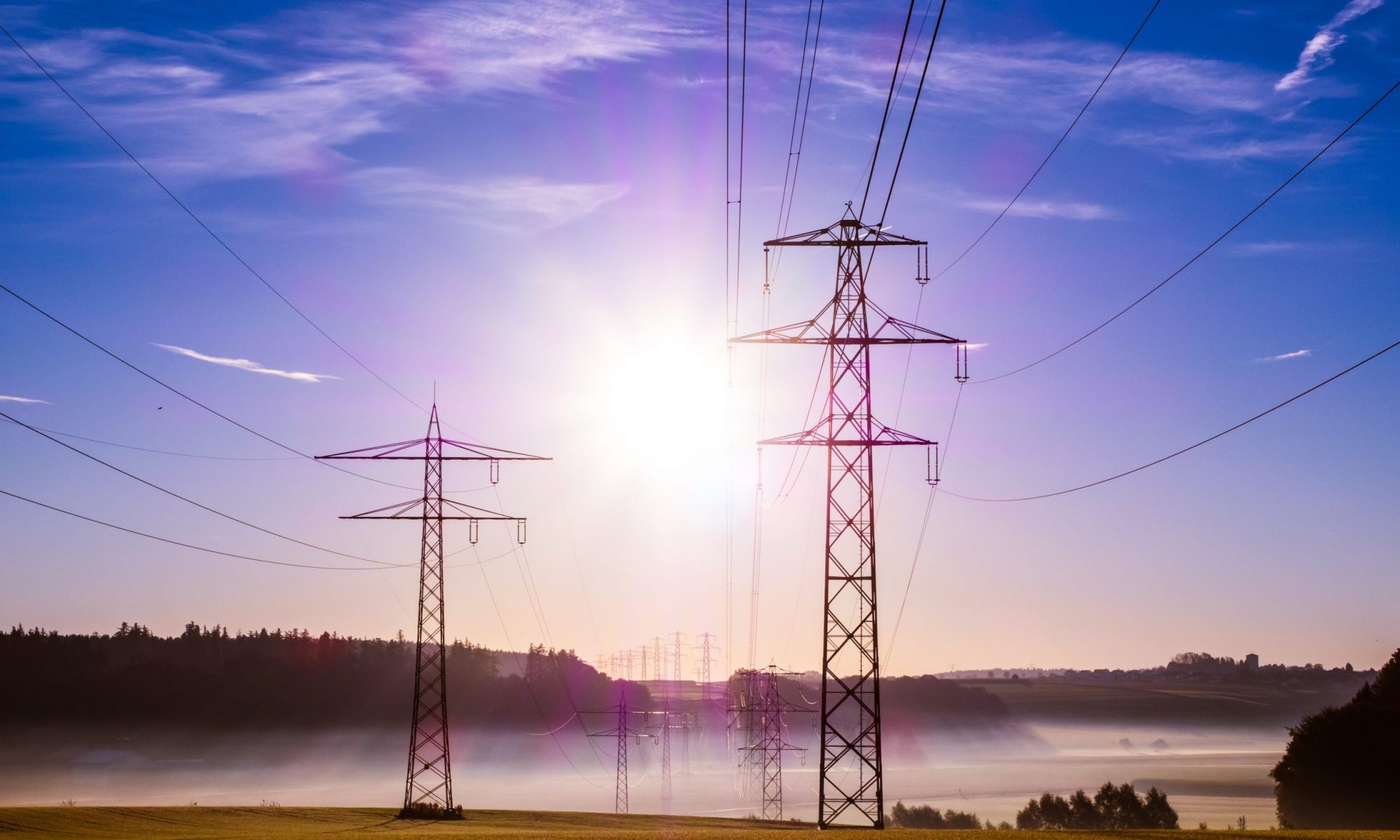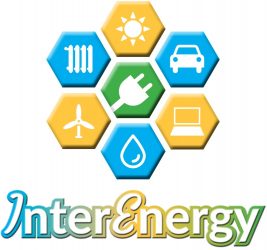Energy systems in the transition from fossil-based and centralized production, with high GHG emissions, to low-carbon systems based on variable and distributed renewable energy, pass through different phases of transformation. In the first phases, raise of integration of variable renewable energy sources (RES) can be performed in most of energy system configurations without the implementation of additional storage and conversion technologies. In later stages, with a high share of variable RES in the mix, synergies with other systems are needed to integrate the cheapest and sustainable energy. This project deals with interrelation between different power-to-x and demand response technologies and market coupling in the energy transition. Role of these technologies is investigated from the context of market coupling, which is already underway in the European Union. In this research, the key question which is addressed is the balanced integration of different power-to-X and demand response technologies, determining their optimal mix and avoiding unnecessary technological lock-ins. In order to achieve this, new modules will be created to model the behaviour of power-to-X and demand response technologies. Also, emerging markets for such technologies will be elaborated as well as business models for their integration. This is an important step in the digitalization of the energy system and employing the synergies in order to decarbonize multiple systems.

